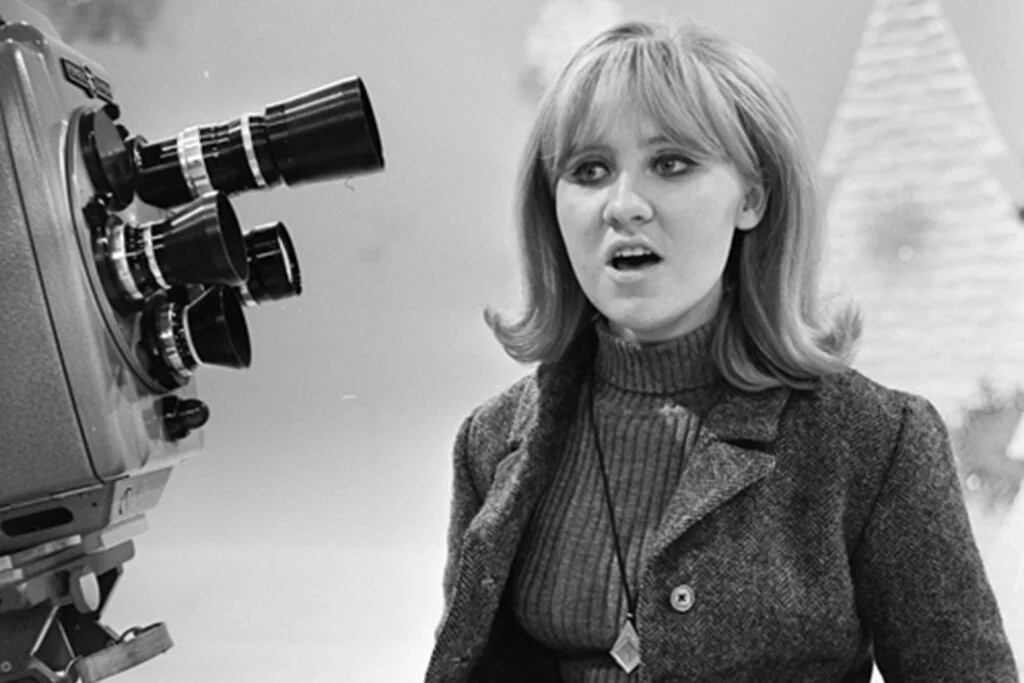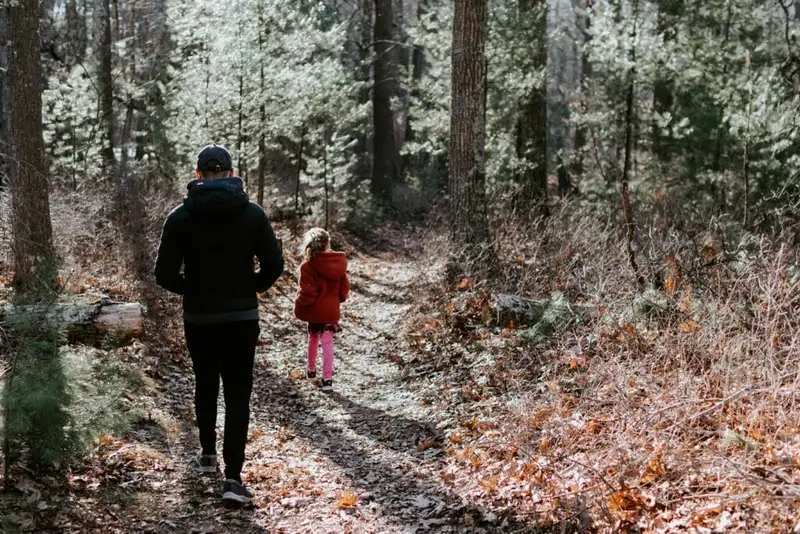1. Lulu
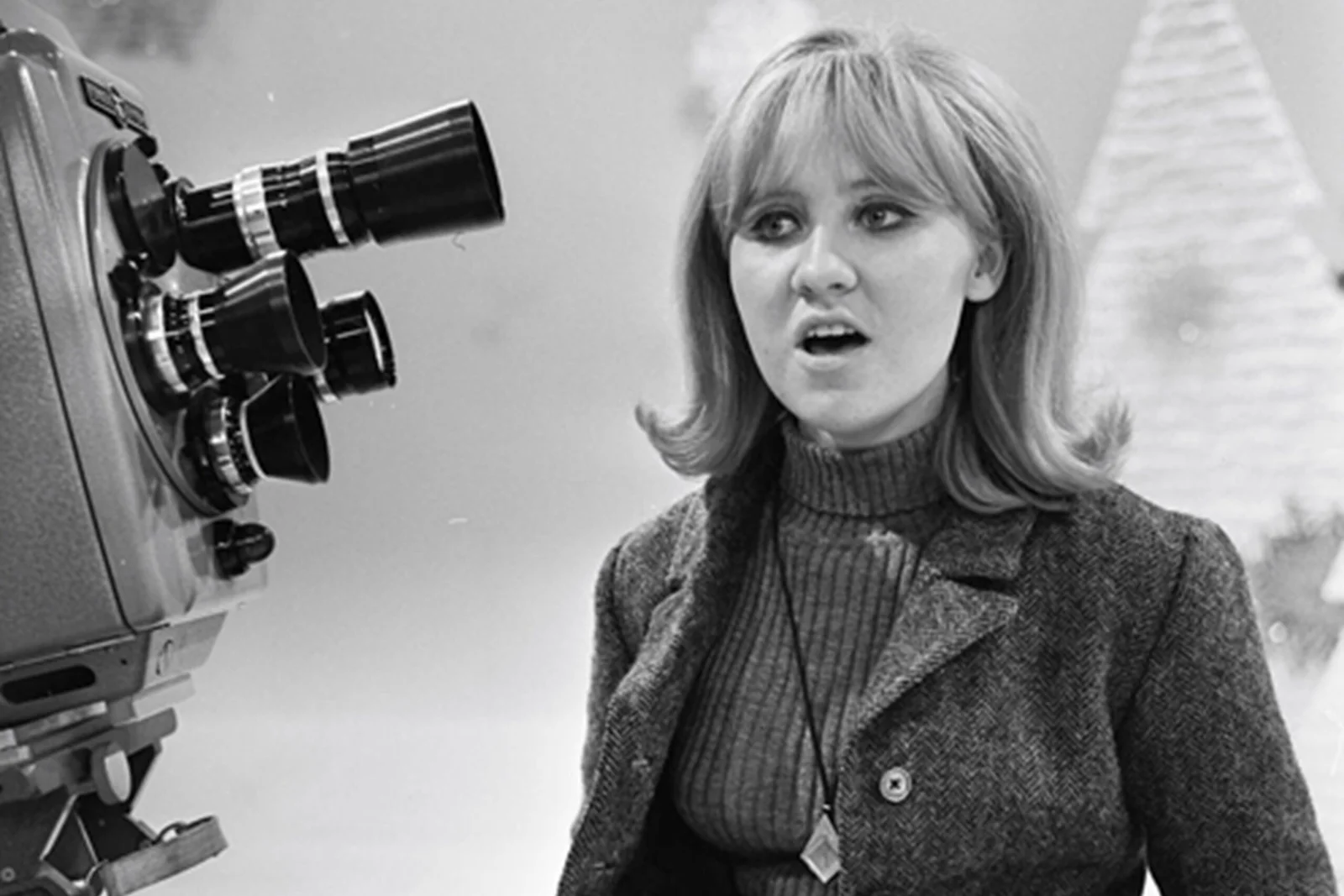
In the ‘60s, Lulu was everywhere—from the top of the charts with “To Sir with Love” to the silver screen alongside Sidney Poitier. Her powerful voice, mod style, and cheeky personality made her a household name in both the UK and the U.S., and she even represented Britain in the Eurovision Song Contest. Everyone knew her name, and her marriage to Bee Gee Maurice Gibb only made headlines bigger. She had that rare crossover appeal that made her equally popular with teens and their parents.
But after the ‘60s and early ‘70s, Lulu slowly started fading from the American spotlight. She continued working in the UK, releasing music and appearing on television, but the international fame never reached the same heights again. For many, she’s still frozen in time belting out that ballad in To Sir with Love. Despite occasional reunions and appearances, her massive ‘60s fame became a quiet footnote. Today, she’s still respected and active in the UK entertainment world, but younger generations might not know her name at all. It’s strange how someone so huge could disappear from pop culture memory so quickly.
2. Bobby Vee
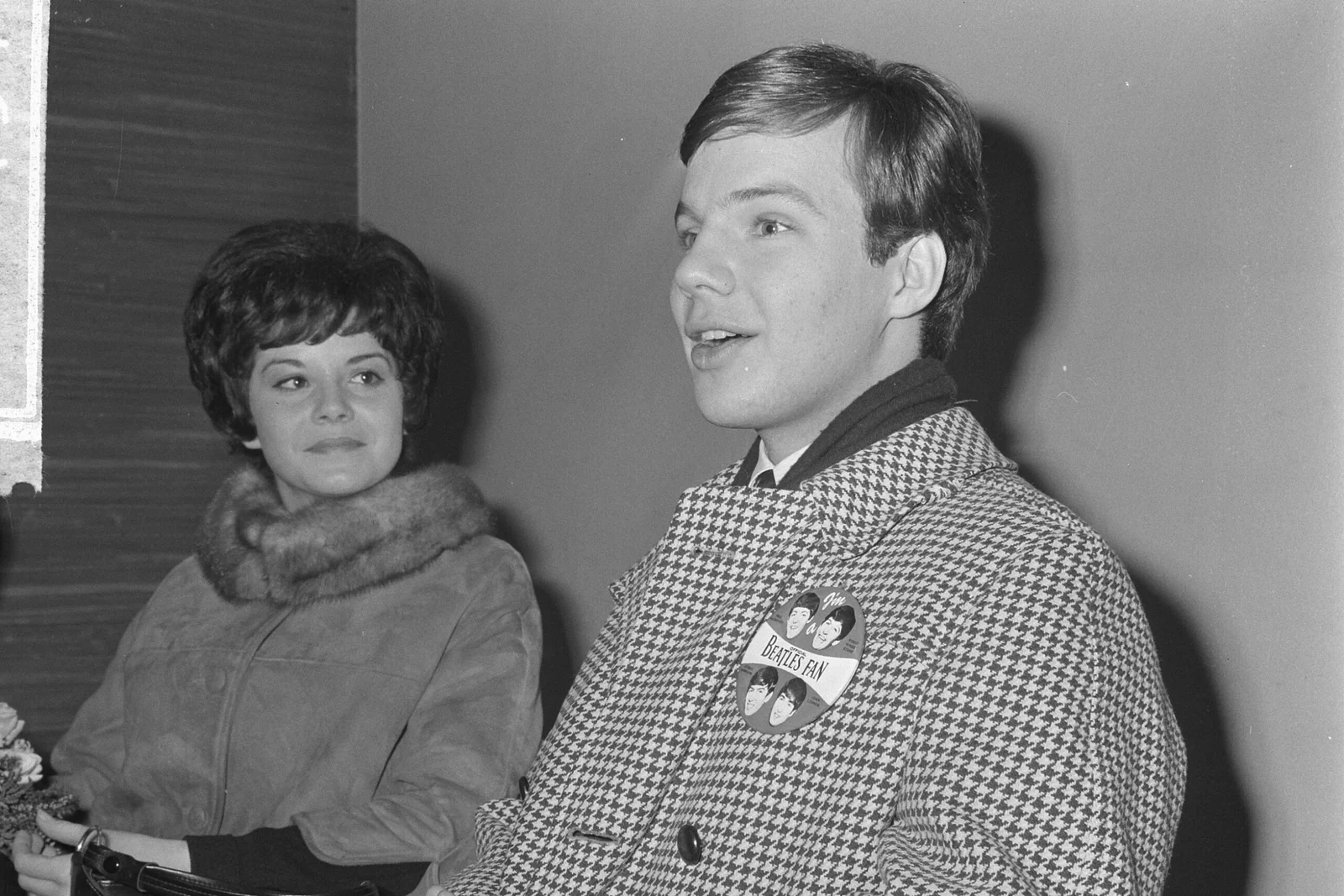
Bobby Vee stepped into the spotlight in the most tragic of ways, filling in for Buddy Holly after the Day the Music Died. But once he started, he didn’t stop—churning out hit after hit like “Take Good Care of My Baby” and “The Night Has a Thousand Eyes.” He was clean-cut, sweet-faced, and perfectly packaged for the early ‘60s teen idol era. His songs were everywhere, and his face was on every teen magazine cover.
But as the British Invasion took over and musical tastes shifted, Vee’s sound started to feel outdated. He continued performing and recording for years, especially in nostalgic circuits, but he gradually slipped out of the mainstream spotlight. His later years were marked by a quiet grace, especially after revealing his battle with Alzheimer’s. By the time he passed in 2016, he had become one of those stars people remembered fondly but vaguely. His reign was brief but bright, and like many early ‘60s icons, he faded before he had a chance to reinvent himself.
3. Shelley Fabares
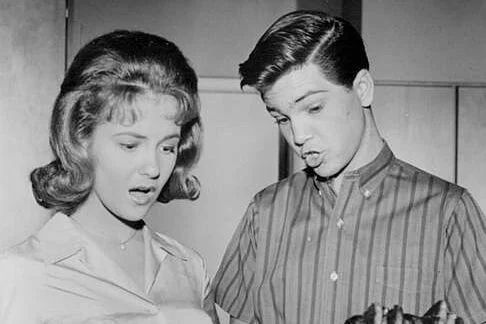
Shelley Fabares was already a TV star thanks to The Donna Reed Show, but her transition to pop stardom made her a teen idol almost overnight. “Johnny Angel” hit No. 1 in 1962 and stayed in heavy rotation, thanks to her soft, sweet vocals and girl-next-door charm. She was everywhere—on TV, in films with Elvis Presley, and on the radio. Her crossover success made her seem unstoppable.
But Fabares quickly moved away from music, especially as her career in acting became more consistent. After the initial excitement of her hit song, her singing career slowed dramatically. In later years, she had a steady run on shows like Coach, but many forgot she had ever topped the charts. It’s funny how someone could have a No. 1 hit and still be remembered more for their acting. Fabares never chased the spotlight in the same way after the ‘60s, and maybe that’s exactly how she wanted it.
4. Tommy Roe
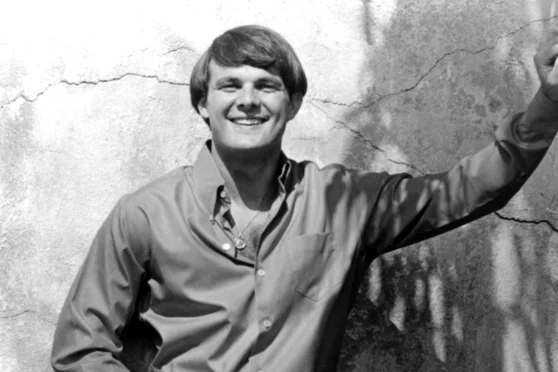
Tommy Roe was a hit machine in the ‘60s, often compared to Buddy Holly for his songwriting style and clean rock sound. Songs like “Sheila,” “Dizzy,” and “Sweet Pea” were infectious and impossible to escape on the radio. He had a boyish charm and an ear for a hook, and he rode the wave of bubblegum pop perfectly. There was a stretch where it seemed like every teen dance featured a Tommy Roe track.
But as music became more political and experimental toward the end of the decade, Roe’s style started to feel too light and sugary for the times. His hits dried up, and he stepped away from the music scene altogether for a while. Despite being a key player in the early pop-rock scene, he’s rarely mentioned alongside his peers today. He’s still active in music now and then, but to many, he’s a one-era wonder. His name might not ring bells for younger listeners, but his songs still hold a special place for fans of ‘60s radio pop.
5. Petula Clark
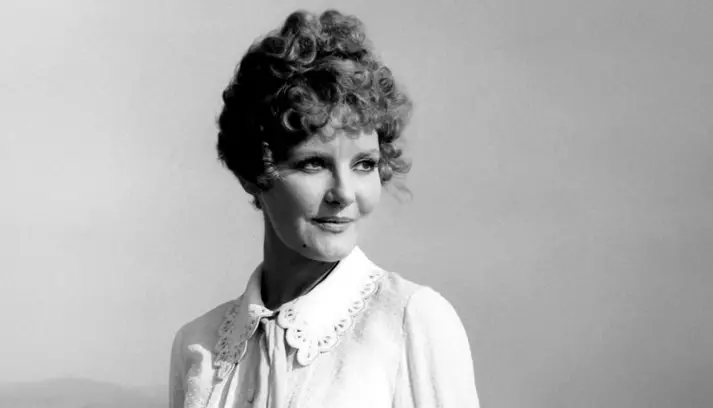
When “Downtown” hit the airwaves, it was impossible not to sing along. Petula Clark was already a star in the UK, but that song made her an international sensation. She followed it with a string of other hits like “I Know a Place” and “Don’t Sleep in the Subway.” With her polished voice and mod style, she became the voice of swinging London for many American listeners.
But after a few years, Clark quietly stepped away from U.S. pop stardom and returned more fully to Europe, focusing on theater and French-language recordings. Her departure from the U.S. scene was so gradual that many didn’t even notice until she was gone. She continued to perform and record in Europe with great success, but in America, she became more of a trivia question than a fixture. For a few golden years, she was everywhere, and then—just like that—she wasn’t. But one listen to “Downtown” is enough to bring it all rushing back.
6. Billy J. Kramer
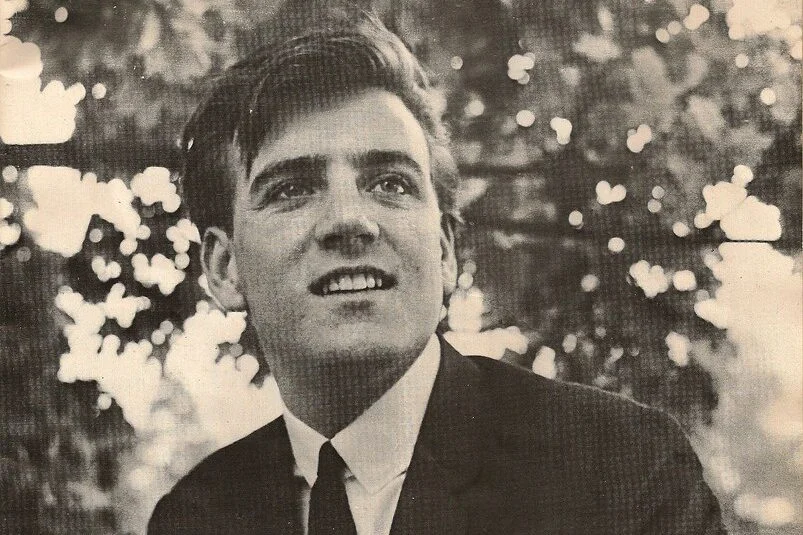
Billy J. Kramer was one of the original British Invasion heartthrobs, arriving in America hot on the heels of The Beatles. With hits like “Little Children” and “Bad to Me” (written by Lennon and McCartney), he was poised to become a long-term fixture on the charts. His clean-cut look and boyish charm made him a teen magazine favorite, and for a few years, his records were everywhere. He even toured with The Beatles, sharing some of their early magic and momentum.
But unlike his Liverpudlian pals, Kramer didn’t adapt as music styles shifted. When the mid-to-late ‘60s brought in psychedelia and harder rock sounds, his pop ballads started to feel dated. He struggled with management issues and didn’t evolve quickly enough to keep pace. Eventually, his name all but vanished from mainstream music talk. He still performs now and then and even released an autobiography, but that early spark never quite caught fire again. For a brief moment, though, he was right there with the best of them.

